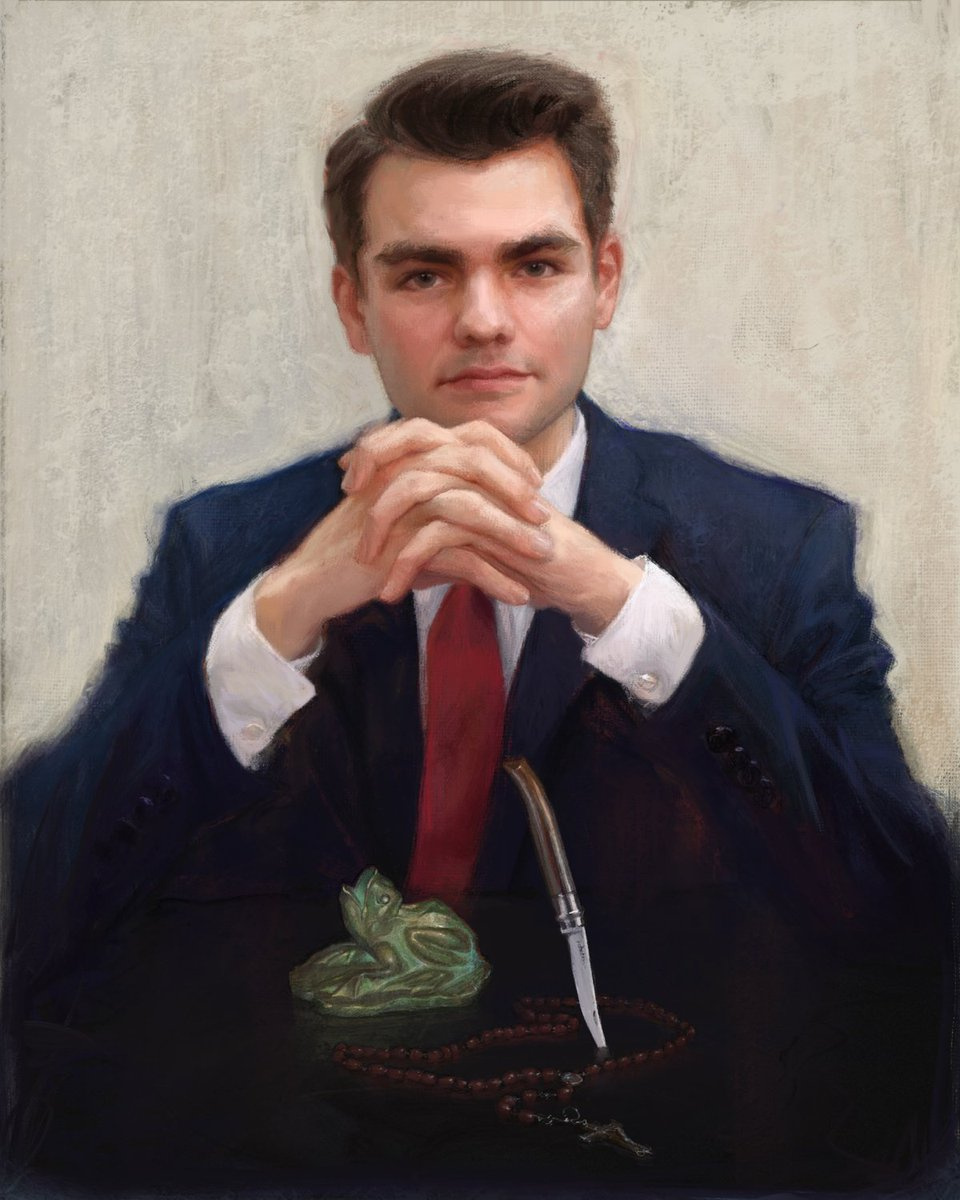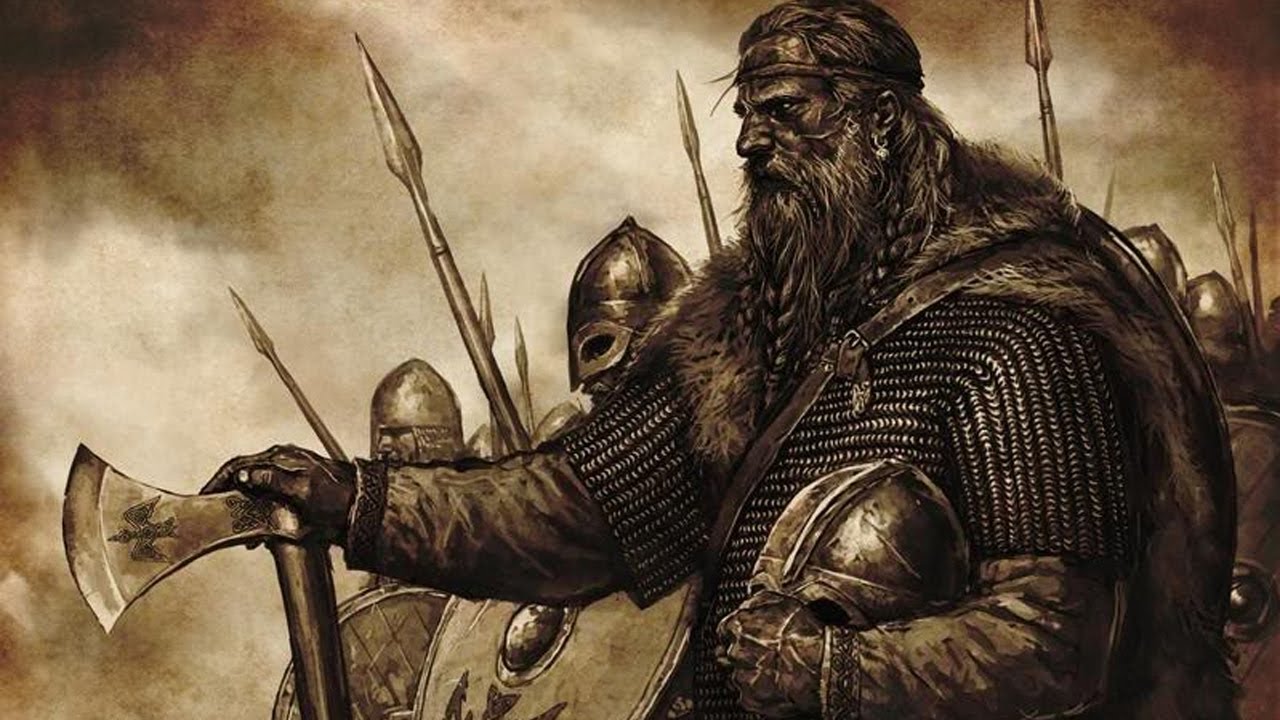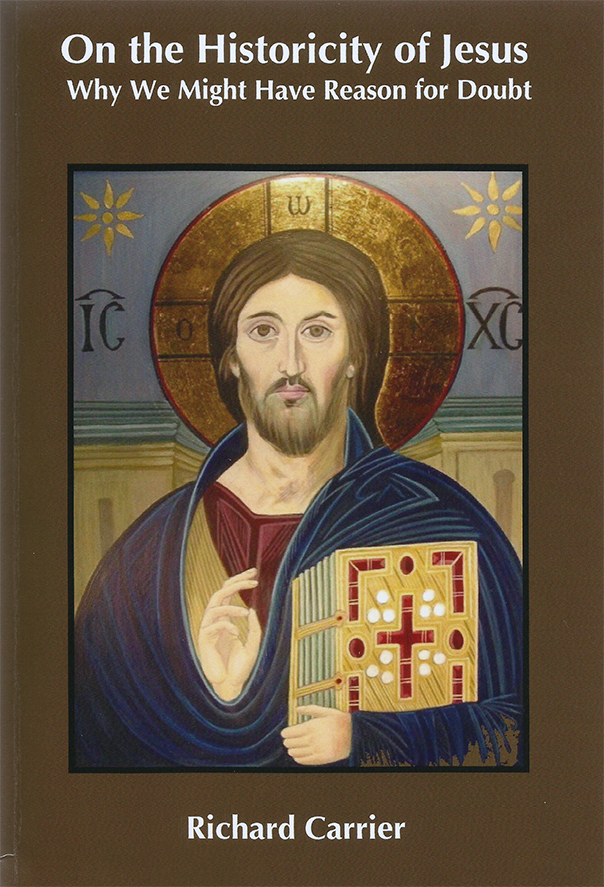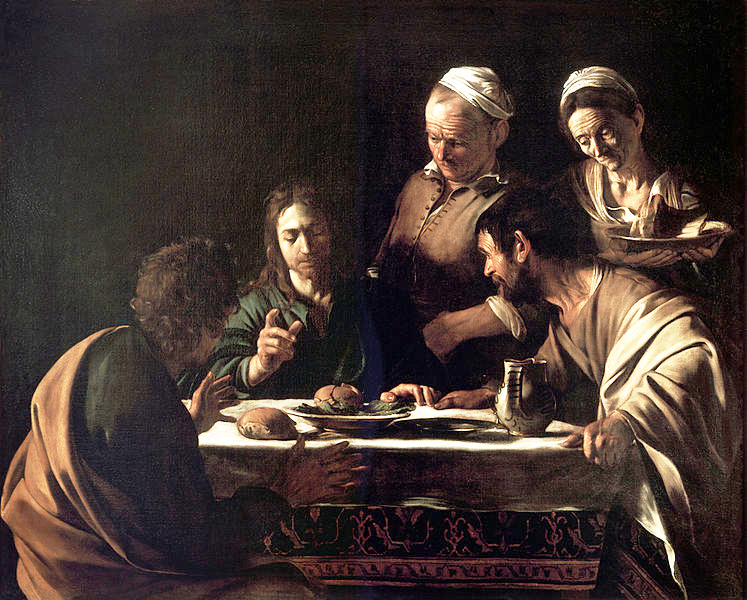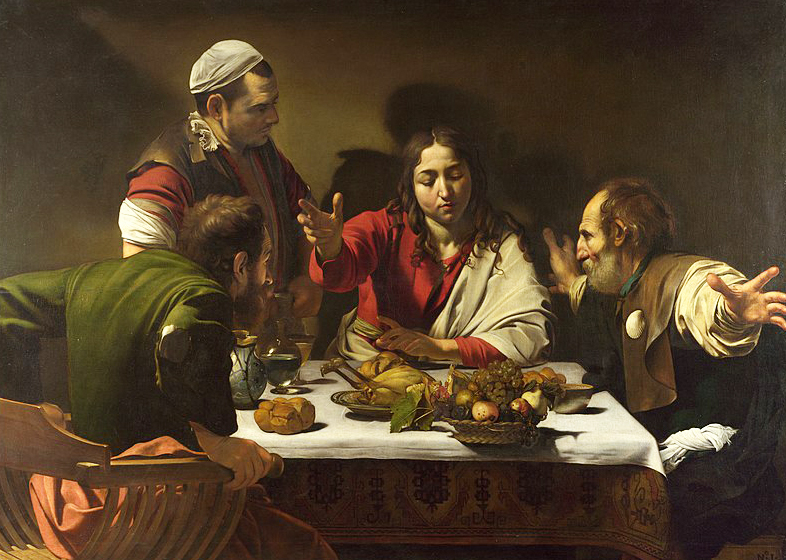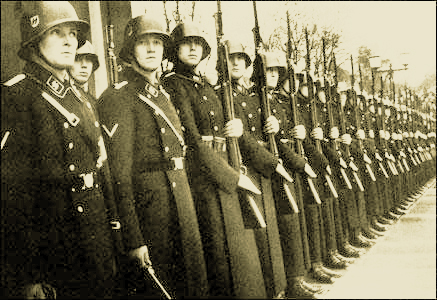by Evropa Soberana
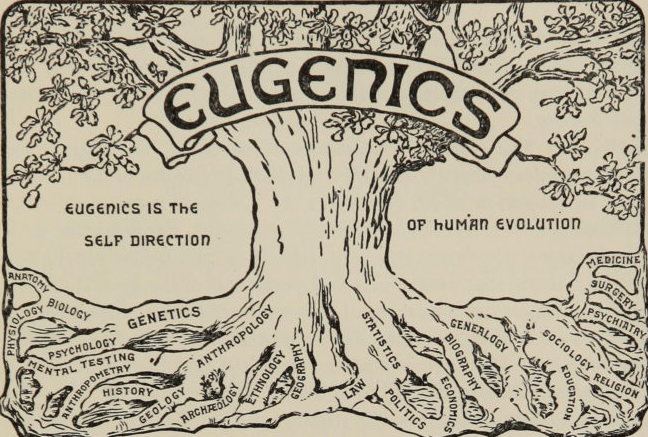
‘The worst form of inequality
is to try to make unequal things equal’.
—Aristotle
‘Equality is a slogan based on envy’.
—Alexis de Tocqueville
Editor’s note: In the preface below the author says: ‘…before the Earth and Nature react violently to the uncontrolled proliferation of a lower, sick and bloated human kind, which has become a malignant tumour for the planet’.
These words are key to understanding what I have been calling ‘the extermination of the Neanderthals’, and I hope that the abridged translation of this long essay, published six years ago in Spanish and that I will be translating this month, sheds light on the subject.
______ 卐 ______
What we have here, which extends the previous Introduction to eugenics, is a compilation of great characters defending the eugenic mentality. Therefore, I should not be held responsible for what others said: I only present the quotes and I offer my comments to give an idea of the variety of opinions among the pro-eugenicists.
Some of the concepts by the people mentioned in this essay are certainly outdated, and it is clear that I do not approve of everything that is said here. For example, great advances have been made through genetic engineering: wonders over the most primitive methods advocated here by some authors. But they are worth, in any case, as a curiosities, especially in these times, when the biggest problem on the planet—overpopulation—threatens to unleash tremendous natural and artificial catastrophes that will result in unnecessary deaths of innocent beings.
What is eugenics? It comes from the ancient Greek eu (good) and ygenes (birth): ‘well born’ or ‘the birth of the good’. Wikipedia defines eugenics as ‘applied science or biosocial movement that advocates the use of practices aimed at improving the genetic makeup of a population’.
Eugenics means biological socialism, biopolitics, a new social engineering based on logic, biology, genetics, compliance with the natural laws of life, and the will to grow in harmony with both: the planet and the creatures that populate it. Eugenics is the will of a gardener who tries that the species does not become a field where weeds grow in disorder, but a garden where, thanks to the intervention of a higher intelligence, weeds are ripped and beautiful and fruitful plants cultivated: sharing harmony between them, being kind to the holy ground on which they germinate and grow, and to which they owe their very existence. It is the will to improve man or, preferably, to overcome it, since it is already known that man is an imperfect being whose creation is incomplete.
Eugenics, in short, is the instinct to carry forward the evolution of the species and create the Overman.
There’s nothing new under the Sun. From the Neolithic, man found ways to domesticate animals that were biologically useful for him by providing good milk, meat, eggs, wool, etc., and dedicated himself to raising them with care to improve the quality of their herds generation after generation. The same happened with plant varieties, especially with cereals. In each generation, the old farmer prevented the non-useful varieties of his flock or crop from reproducing, and instead he tried to ensure that the best specimens had a prolific offspring. Thus, their crops and their herds were improving little by little.
If, by such methods, larger bulls, more nutritious wheat or more fertile hens could be obtained, why would they not be able to obtain more intelligent, brave and stronger human beings? Is the body of man not subject to the same laws as those governing wild animals?
Unfortunately, this mentality, which was applied to livestock and crops, was not applied to man, and the conquest of better living conditions, as well as the adoption of unnatural habits and diets, relaxed natural selection triggering the degeneration of civilised man.
Eugenics speaks of the need to prevent (negative eugenics) the multiplication of undesirable mutations in the human genome (as blindness, deformity, varied congenital diseases, mental retardation, the progress of crossbreeding, Down syndrome, etc.) by prohibiting their reproduction before it is too late for the species and before the Earth and Nature react violently to the uncontrolled proliferation of a lower, sick and bloated human kind, which has become a malignant tumour for the planet.
On the other hand, it is necessary to favour (positive eugenics) the propagation of the best-equipped human specimens, to give them the evolutionary advantage. This especially refers to birth, sports training, food, outdoor life, the cultivation of mental and will faculties, general culture and health.
In the eyes of the species, any method is legitimate to achieve such goal, from in-vitro fertilization, pre-natal diagnosis or embryo selection, to advanced engineering, surgery and genetic therapy techniques that are just around the corner. If this is not done, it is precisely because Western Civilisation is governed by people who do not care at all about the destiny of race, civilisation and humanity. What moves them is the immediate economic benefit and short-term success.
The West is dying and what is paramount for us is an authoritarian and socialist System in which the regeneration of race and biological quality will regain strength to balance the planetary unbalance that, currently, is inclined towards the proliferation of a human type of zero quality.
Introduction
We might think that Galileo was not the first man of the European post-classical era to rediscover that the Earth revolves around the Sun. There was access before to the classical works, and I sincerely believe that in the Middle Ages many sages knew the truth. But none had the courage to publish it for fear of the Church and the word ‘heretic’, all capable of ruining his career and even ending his life in a bonfire, to the sound of the applause of the common peoples. A clique of Pharisees, representative of an obscurantist idea, exercised control over a ‘God-fearing’ flock, keeping them forever in darkness, stripping them of their old traditions to replace them with the Bible and reign as one-eyed kings in a world of the blind. Galileo, like others, was forced to recant under penalty of being burned as a heretic.
Well, today we have:
• A new Church: the pro-globalist system.
• New unquestionable dogmas: the ‘politically correct’, ‘equality’ at all costs, feminism, globalisation, multiculturalism, rebellion against anything that is well constituted, hatred of the superior, individualism and the desire not to offend bloodsucking and whining parasites.
• A new Inquisition: the media, NGOs and globalist lobbies, Jews, homosexuals, feminists, pro-third-worlders and democrats, among others.
• We have new heretics: revisionists, ‘ultra-rightists’ and dissenting scientists.
• New untouchable taboos: genetic engineering, the ‘holocaust’, racism, Nazism, fascism, anti-Semitism, male chauvinism, homophobia… and eugenics.
• New witch hunts: scandals and trials against notable dissidents or any suspect of ‘racism’ or patriotism.
• New repentant pioneers in the style of Galileo, such as the scientist and gifted Englishman James Watson, who retracted his ‘racist’ phrase in 2007, under penalty of being burned at the stake in the media. As in the case of Galileo, time will demonstrate the truthfulness of his words, and posterity will honour as true those words he muttered under his breath: And yet it moves.
• We have new bonfires: ostracism, defamation, conviction, imprisonment, boycott and even direct physical aggression.
• We have the usual Pharisees: great magnates of finance and the media, progressives and ambitious politicians who would sell their brother for money and notoriety.
• And a new Satan, Antichrist or Lucifer: Hitler.
So we can affirm, without any fear of exaggeration, that exactly the same thing is happening today as in the Middle Ages with the Church. If history teaches us anything, it is that history repeats itself and that, in times of taboos, science just cannot advance. Modern society, in full biological regression, and poisoned by junk genes, criticises the taboos of the remote past: but it seems to forget that these taboos have been replaced by new taboos. The only objective of this sinister levelling, anti-evolutionary and egalitarian front remains the same for millennia: to frustrate man on his way to reach deity.
Even stripping the issue of passion and idealism, eugenics seems an issue from the logical and objective point of view—so logical that we can only wonder what kind of person could oppose it. Why, then, is there so much opposition to an issue as extremely urgent and necessary as eugenics? We can attribute it to two reasons:
1.- Two millennia of cultural Judeo-Christianity and its derivatives.
2.- The ignorance and the very low physical, mental and moral quality of a good part of the modern population thanks to the annulment, for centuries, of natural selection, the persecution of freethinkers, the depletion of the best blood in wars, the mania to help the worst rather than the best and, thanks to a deliberate praise of vulgarity and mediocrity in the media—which is nothing more than a new form of Christianity—, the glorification of the miserable, the mediocre and the downtrodden.
In contrast to this anti-evolution, no one can deny that the vast majority of men who today are considered to be great personalities supported eugenics. The intention of this essay is to ‘cheer up’ a bit those who would defend pro-eugenic measures and to see that millennia of history support them. Also, that people are more aware of the world of science, because progress and interesting debates are taking place which show that there are very prepared people who realise what is happening.
Unfortunately, modern science is heavily intervened by the official System. Funds are granted to investigate only matters that can result in a direct economic benefit in the short term, which clearly cuts off hopes of research paths, perhaps more arduous, but that in the long term produce more important benefits. Humanity has to get tired of being ruled by greedy clowns, simple and vulgar desert merchants who only think of seeking new twisted financial deals and new markets to sell useless goodies.
But there will come a day when scientists will stop investigating various creams and silicones to patch the disgusting worn-out bodies of old paranoid women, and will direct their efforts to improve the genetic inheritance of the human being so that in the future he will never need ‘amending’ it again. The day will come when doctors will stop striving in the search for medicines and prolonging, through aberrant methods, the lives of terminal patients with a broken body, instead dedicating their energies to the creation of a human type who doesn’t need any medicine.
The so-called ‘scientific community’—made up of scientists who are servile to the official system, crying lackeys of the ‘politically correct’, possessed by dubious ambitions and eager to climb the ladder—attacks those who speak out dissident ideas about the mainstream dogma even if that someone is their best ‘colleague’.
But the truth, Pharisees, is not changed because the truth is forever. Like the Phoenix, that great truth that is the law of human inequality and the need to cultivate the best and place reproductive limits on the worst will emerge again. In fact, it is an open secret in the minds of many doctors and scientists of what in the future will be the most important science of all: the science of man and of life. A day will come when these heralds of truth will come to light proclaiming their teaching and warning:
Civilisation has made human beings degenerate, and it is necessary to undertake radical emergency measures to reverse this sinister process, or we will become a weak, involved, inferior, pathetic, vulnerable, sickly, effeminate and, above all, harmful to the planet and unable to overcome adversities. We will be a filthy and gelatinous species that will crawl between machines. And that is when Nature will go for us. On the other hand, ‘race’ is much more than ethnic-anthropological features. It is the biological quality of the lineage. It must be strong and bright to withstand the tension to which life subjects it.
Just as the paradigm revolution from geocentric to heliocentric worldview, in future times the truths defended by the dissidents will be considered obvious certainties, and those who once stupidly tried to rebut them will be ashamed for having done it: as the Church is ashamed for having denied that the Earth revolves around the Sun. And in the same way that Christian obscurantism was finally overwhelmed by a Renaissance that the Church was unable to contain, we too, even in this most decadent age, are headed towards the definitive Renaissance of the ancient Indo-European spirit.
Thus, the old Nazi approach of 1933 has not been refuted or satisfactorily answered by the System, which has limited itself to pouring demagogic defamations on National Socialism but never trying to refute its arguments.
______ 卐 ______
Editor’s note: To the list above in bold-type I would add:
A new God or Divine Trinity: the ideology of the equality of Race, Gender and Sexual orientation.
The new god of whites reminds me of a film located in the 5th century in Britannia, in which the island’s natives spoke of ‘the new god of the Romans’, referring to the Christian trinity.
 Starting from the Aryan metaphor, we have said that white nationalists are stuck in the middle of the river. It is true that on the other side of the Rubicon is the land of National Socialism. But even Hitler didn’t know some things, as evidenced in his after-dinner talks in which he believed in the existence of a non-divine but merely human Jesus. What makes this site unique is a point of view that results from the amalgam of three fundamental premises:
Starting from the Aryan metaphor, we have said that white nationalists are stuck in the middle of the river. It is true that on the other side of the Rubicon is the land of National Socialism. But even Hitler didn’t know some things, as evidenced in his after-dinner talks in which he believed in the existence of a non-divine but merely human Jesus. What makes this site unique is a point of view that results from the amalgam of three fundamental premises: